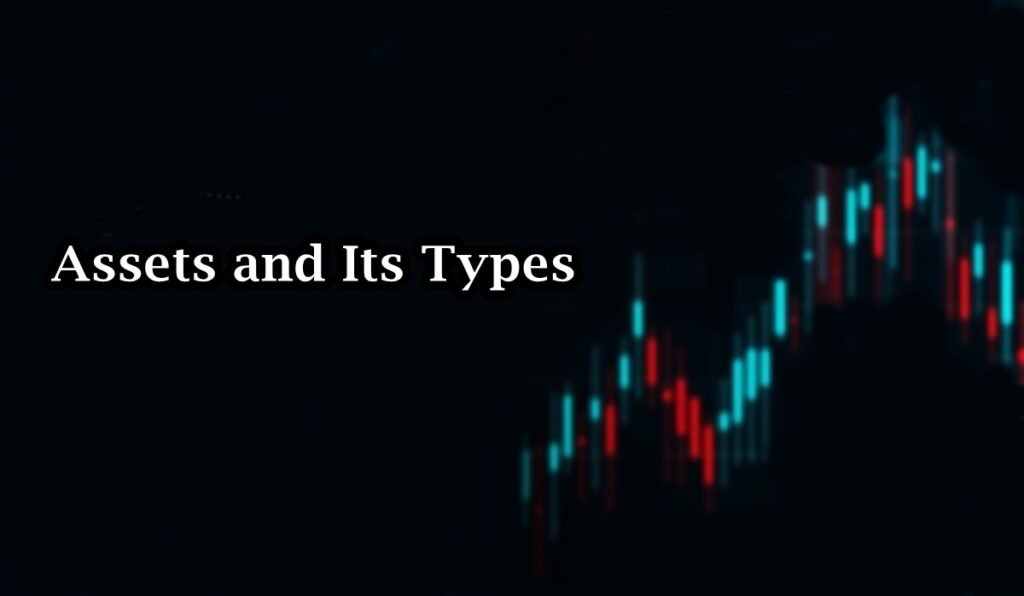
Table of Contents
Introduction
In the dynamic landscape of finance and investment, two fundamental pillars stand out: debt securities and equity securities. These financial instruments serve as cornerstones for investors, offering distinct characteristics, risk profiles, and potential rewards. This article is intended to explore debt securities and its essentials. Understanding the nuances of debt securities, with their promise of fixed returns and contractual obligations is paramount for anyone navigating the diverse realms of financial markets. Let’s delve deeper into these essential elements of modern finance to uncover their key features, Types, and risk associated with debt securities
Debit Securities
Also known as fixed-income securities or instruments. The type of assets is formed by establishing contracts between investor and issuer of the asset. The type of asset is formed for raising huge amount of capital by governments and corporations, and represents borrowing. Issuer, under the contractual obligations, is obliged to pay the fixed income (interest) and the original payment to the investor when the contract matures.
Key Feature of Debt Securities
Debt securities are fixed income securities that possess the qualities which makes them different from other financial instruments. Following are the key features of debt securities which makes them different from Equity securities:
- Debt securities have a face value or par value, which represents the amount borrowed by the issuer and promised to be repaid to the investor at maturity. For example, a bond with a par value of $10,000 means that the issuer agrees to pay the investor $10,000 when the bond matures.
- Debt Securities contain specified period of time. After the time, the issuer must repay the principal amount to the investor. These are maturity periods of debt security and can vary from short-term (less than one year) to long-term (up to ten to twenty years).
- Debt securities typically pay periodic interest payments to investors, known as coupon payments. The coupon rate is the fixed or variable interest rate that determines the amount of each interest payment.
- Bonds can have different frequencies of coupon payments, such as annual, semi-annual, quarterly, or even monthly.
- Yield to Maturity represents the total return an investor can expect from a bond if held until maturity, considering both coupon payments and any capital gain or loss.
- Debt securities are rated by credit rating agencies based on the issuer’s creditworthiness and ability to repay debt.
- Convertible bonds allow investors to convert their bond holdings into a predetermined number of shares of the issuer’s common stock.
Types of Debt securities
There are multiple types of debit securities depending on investor’s interest, following are the types of debit securities of our concern:
- The first type of Debit securities is BONDS. Bonds are issued by corporations and government (both local and national government). Bonds contains contractual obligation which must be respected by both issuer and investor. Such contractual obligations contain return of principal amount and interest payment in periods. Principal amount is paid on the maturity date of bond. Periodic interest payments, also known as coupon payment, is paid to investors till bond matures. Bonds are also tradable instrument and its price fluctuations are based on supply and demand, interest rate, and economic conditions.
- The second important type of Debit security is NOTES. Apart from similarities associated with notes and bonds, notes have shorter term maturity. Issuer of notes are similar to bonds. They are issues by governments and corporations. Interest payment is made periodically.
- The 3rd important type of Debit security is TRESURY BILLS. These securities have short-term ranging from three months, six months, and one year. Issuer of such securities are governments. The interesting thing is that there are no periodic interest payments like bonds or notes. These bills are purchased at a discount value and sold at a face value. The difference between face value, which is the original value, and the value on which the T-bills are purchased is the profit of the investor. Investments in such securities are considered as less risk investment.
- Above discussed debit securities are mostly issued by governments and corporations. CERTIFICATE OF DEPOSITS CDs are issued by Banks and Financial Institutions. Risk factor associated with CDs gets reduced when issued by reputable institutions or Banks. Investment in CDs contains time deposit and fixed-interest rate rather than periodic. With time deposit, it simply means that funds are deposited for specified period of time. Fixed interest payment is decided at the time of deposit. The major benefit the investors get is that their principal amount is protected and they get the amount at the maturity of contract along with the interest. However, investor would never make withdraw of money until its maturity.
Risk associated
The investment in debit securities is simply to protect the capital from excessive risk associated with investments. No investment can be free from risk, but at some extant, the risk associated with debit securities is reduced. With the increase of return, risk factors associated with principal amount increases. Such investments do not confer ownership rights to investors. The following are the risk associated with Debit securities:
- No investment is free from risk. So think about what if issuer of debit security default on its contractual obligations. Such type of risk is known as CREDIT RISK. Before making any type of investment, it is important to check how much credit worth the issuer have. Reputable institutions like governments and financially stable corporations typically carries low risk of default.
- INTEREST RATE RISK is one of them to consider. The rise and fall of interest rate may affect the value of debit security.
- CURRENCY RISK rises when investments are made other than national currency. Exchange rate of currencies depending on floating exchange rate system which can be changed with the passage of time. It may affect the investment’s return.
These three types of risk are simple and easy to understand. All the time, in financial world, these risks are always associated with investments or any investment that investor will place in future.
Conclusion
In summary, debt securities encompass a diverse array of financial instruments characterized by fixed returns, contractual obligations, and varying risk profiles. Key types include government bonds, corporate bonds, municipal bonds, convertible bonds, and zero-coupon bonds, each offering unique features and benefits to investors. However, investors should remain mindful of associated risks such as interest rate risk, credit risk, inflation risk, and liquidity risk when considering debt securities as part of their investment portfolio. Balancing these risks with the potential for steady income and capital preservation is essential for achieving long-term investment objectives in the dynamic realm of fixed-income securities.
Frequently Asked Questions (FAQs)
What are debt securities?
Debt securities are financial instruments representing loans made by investors to borrowers, typically governments, corporations, or other entities. These securities include bonds, notes, and debentures.
What are the main types of debt securities?
The main types of debt securities include government bonds, corporate bonds, municipal bonds, convertible bonds, and zero-coupon bonds. Each type has unique characteristics and purposes.
How do government bonds differ from corporate bonds?
Government bonds are issued by governments to raise capital for public spending and are often considered low-risk due to government backing. In contrast, corporate bonds are issued by corporations and carry varying levels of risk based on the issuer’s creditworthiness.
Are debt securities suitable for conservative investors?
Debt securities, particularly high-quality government or investment-grade corporate bonds, are often suitable for conservative investors seeking steady income and capital preservation. However, investors should carefully assess risk tolerance and investment objectives before allocating to debt securities.
I’m Abdullah Shah, a content writer with three years of experience in crafting engaging and informative content. My background in market analysis complements my work, allowing me to create content that resonates with audiences. I’m also a seasoned practitioner in the forex and crypto markets, with a strong foundation and deep interest in finance. My passion for the financial world drives me to produce content that is both insightful and valuable for those interested in understanding market trends and financial strategies.






Pingback: Introduction to Debt Securities: A Beginner's Guide | OnlineJess